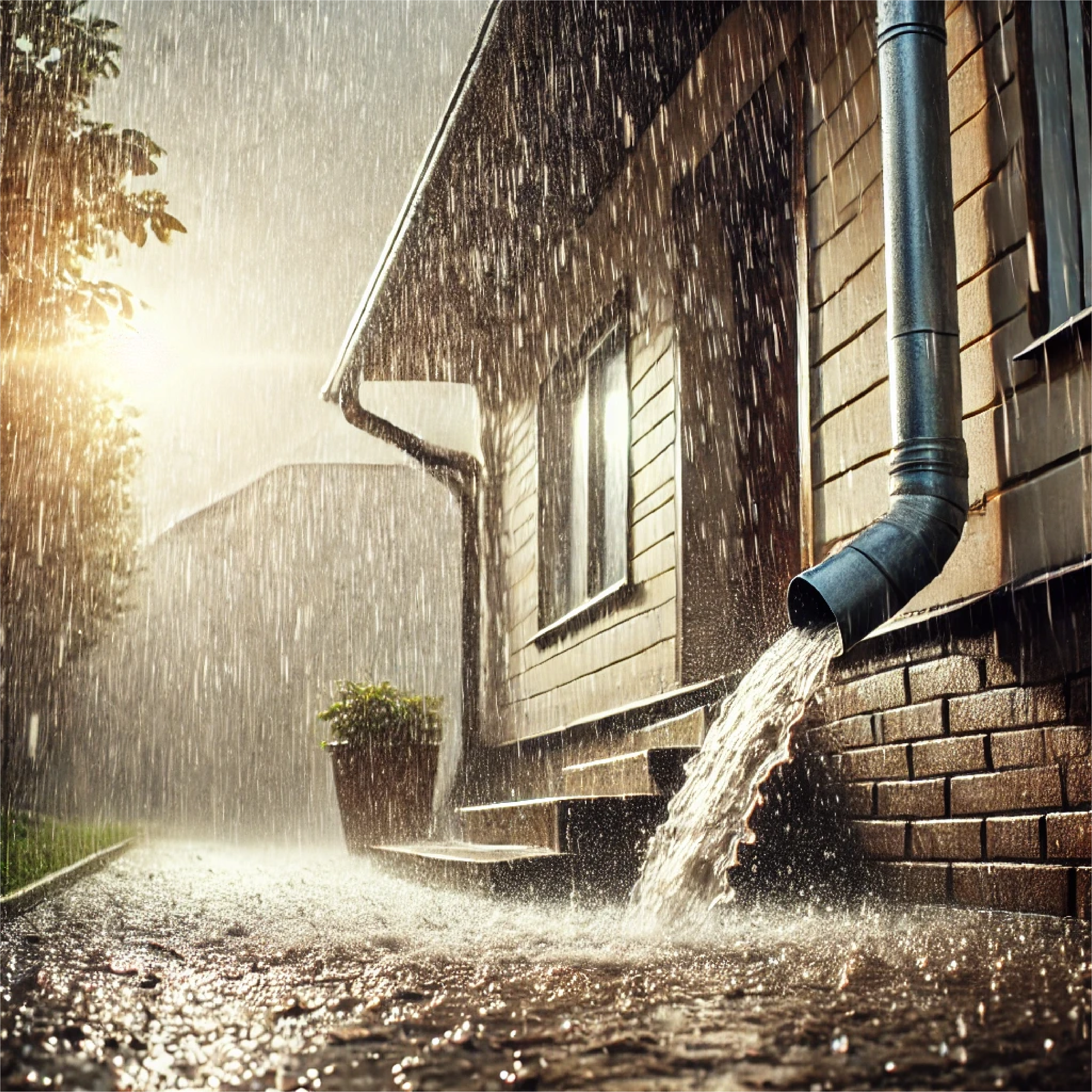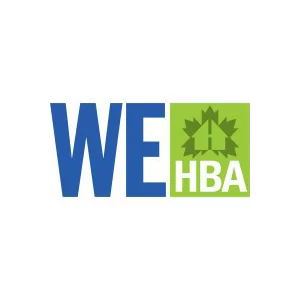
As we transition from winter to spring, the changing weather brings both beauty and potential risks to your home’s plumbing system. Melting snow and spring rains, though they are a welcome sign of warmer weather, can create challenges that homeowners should be aware of. At Guest Plumbing and HVAC, we believe in being proactive when it comes to protecting your home from the unpredictable elements. Here’s how these seasonal changes can impact your plumbing and what you can do to prevent damage.
1. Melting Snow: A Hidden Plumbing Threat
As temperatures rise, snow begins to melt, resulting in increased water runoff. While this may seem like a natural part of the season, it can put a strain on your outdoor plumbing. The most common concern during the thawing process is the possibility of frozen pipes. If any outdoor pipes or hoses were left exposed during the winter, they could be at risk of bursting once they begin to thaw.
How to prepare:
- Insulate pipes: Ensure that any exposed outdoor pipes are properly insulated to protect them from the freeze-thaw cycle.
- Check outdoor faucets: Make sure that garden hoses are disconnected and that outdoor faucets are turned off to avoid any frozen water causing pressure and potential pipe bursts.
- In addition to pipes, melting snow can overflow gutters and downspouts, especially if they are clogged with debris from the winter. When water is unable to flow freely, it can back up into the home, causing potential leaks and water damage.
How to prepare:
- Clean gutters and downspouts: Make sure that they are clear of leaves, dirt, and any other debris that may block water from flowing through properly. This will prevent water from pooling around your foundation and causing basement flooding.
2. Spring Rains: A Double-Edged Sword for Plumbing
Spring rains are notorious for being heavy and persistent. While the rain itself may not directly affect your plumbing, it can overload your drainage systems and cause trouble with your pipes. As rainwater collects around your home’s foundation, it can seep into the basement, putting pressure on your plumbing system and even causing flooding.
How to prepare:
- Inspect your sump pump: Spring rains can test the limits of your sump pump, so be sure it’s working properly. If you don’t have a sump pump, it might be worth considering one to protect your home from basement flooding.
- Ensure proper drainage: Make sure that the ground around your home slopes away from the foundation to prevent water from pooling near your pipes and seeping into your basement.
Spring rains can also lead to clogged drains. With an increase in outdoor runoff, debris such as leaves, twigs, and mud can make their way into your plumbing system, causing blockages and slow drainage.
How to prepare:
- Clean out drains and pipes: Regularly inspect and clean drains, especially those near the exterior of your home, to ensure that they are free from debris.
3. The Risk of Combined Forces: Melting Snow + Spring Rains
When melting snow meets spring rains, the situation can become even more problematic. A combination of both can overwhelm drainage systems, leading to leaks, pipe bursts, and even flooding inside your home. The increase in water volume can push pipes past their normal capacity, causing unexpected issues that may require costly repairs.
How to prepare:
- Check for leaks: As you inspect your pipes and plumbing, make sure there are no visible leaks or signs of wear. Catching problems early can prevent major damage down the line.
- Inspect your foundation: Make sure that your foundation is sealed and protected. Any cracks or weaknesses could allow water to seep inside, leading to more significant plumbing issues.
4. Preventative Maintenance Tips
The best way to protect your plumbing from the seasonal changes is to stay ahead of potential problems. Here’s a quick checklist to ensure your plumbing is ready for the thaw and spring rains:
- Inspect pipes for damage or leaks.
- Clean and clear gutters and downspouts.
- Test sump pumps and check for proper drainage around your home.
- Check for any signs of foundation issues and repair cracks promptly.
Taking these steps will ensure that your plumbing system remains in top shape as the weather warms up and the seasons change.
5. What to Do if You Notice Problems
If you notice any signs of plumbing issues—such as slow drains, unexpected water pressure drops, or visible leaks—don’t wait for the problem to escalate. Take action as soon as possible to avoid more extensive damage. In some cases, it may be wise to call a professional plumber to perform a thorough inspection and address any issues before they become major problems.
At Guest Plumbing and HVAC, we are here to help you maintain a safe and functional plumbing system year-round. If you notice any issues with your plumbing this spring, or if you simply want to schedule an inspection, don’t hesitate to contact us.
While melting snow and spring rains are a beautiful part of the season, they can also bring plumbing challenges. By staying proactive and preparing your home for the thaw and upcoming rains, you can avoid costly repairs and ensure that your plumbing system remains in good working order. Let Guest Plumbing and HVAC help you get your home ready for the season – reach out today for a plumbing inspection or maintenance service.
Stay safe, stay dry, and enjoy the spring season!













